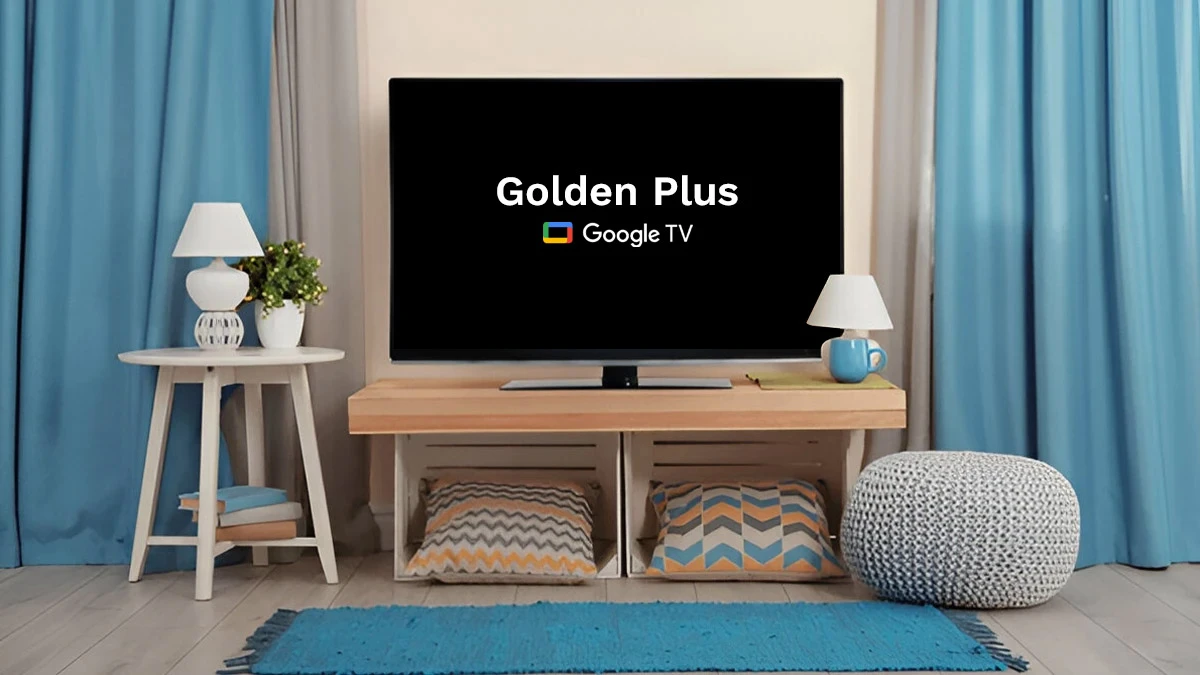
Smart LED TV vs Regular LED TV: Which One to Choose?
20 Mar, 2025
When it comes to choosing the right television for your home, it’s important to understand the differences between a Smart LED TV and a Regular LED TV. Both types of TVs offer distinct advantages, but selecting the right one depends on your preferences and how you use your television. In this article, we’ll break down the key features of both, helping you make an informed decision.
What is a Smart LED TV?
A Smart LED TV is equipped with built-in internet connectivity, allowing you to stream content, download apps, and use various online services. These TVs come with a built-in operating system like Android TV, Roku, or Tizen, enabling a wide range of functionalities beyond just watching TV.
What is a Regular LED TV?
A Regular LED TV, on the other hand, is a traditional TV that relies on external devices like cable boxes, DVD players, or gaming consoles for media content. It does not have built-in internet capabilities, so all content must be streamed through connected devices.
Internet Connectivity in Smart LED TVs
One of the most significant advantages of a Smart LED TV is its ability to connect to the internet. With Wi-Fi or Ethernet connectivity, you can easily stream shows and movies from platforms like Netflix, Hulu, or YouTube directly on the TV screen without the need for additional devices.
Streaming Options on Regular LED TVs
Regular LED TVs require an external device to access streaming services. This means that you need to connect a streaming box (like Apple TV or Amazon Fire Stick) or a gaming console (like PlayStation or Xbox) to enjoy your favorite content. While it adds a step, it still gives you access to the same services.
Cost Difference: Smart vs Regular LED TV
Generally, Smart LED TVs tend to be more expensive than Regular LED TVs due to the added functionality and internet connectivity. The extra cost can be justified if you want built-in streaming features, smart apps, and voice controls, but a Regular LED TV might suffice if you only use your TV for basic viewing.
Picture Quality: Smart vs Regular LED TV
Both Smart and Regular LED TVs typically offer high-definition picture quality, though variations can exist based on the model and brand. The picture quality generally depends on the panel used and the resolution (Full HD, 4K), rather than whether the TV is smart or regular.
User Experience: Smart LED TV
Smart LED TVs offer an enhanced user experience, with features like voice control, app integration, and user-friendly interfaces. You can easily switch between streaming apps, browse the web, or even control the TV with your smartphone or voice assistant, such as Alexa or Google Assistant.
User Experience: Regular LED TV
With a Regular LED TV, the user experience is more straightforward. You simply turn on the TV, change channels, and connect your external devices. While it lacks smart features, it still provides a simple and easy-to-navigate interface.
Voice Control and Smart Assistants
Many Smart LED TVs come with voice control, allowing you to operate the TV with simple voice commands. This feature is powered by smart assistants like Amazon Alexa, Google Assistant, or Samsung Bixby. You can change the channel, adjust volume, and even control smart home devices.
Customization of Smart LED TVs
Smart LED TVs offer more customization options, including personalized recommendations based on your viewing history, app shortcuts, and customizable home screens. This flexibility enhances the overall viewing experience, making it more convenient for users who prefer a tailored interface.
Gaming Experience on Smart LED TVs
For gamers, Smart LED TVs offer additional benefits like app support for game streaming services, integrated game modes, and easy access to gaming consoles. The faster processing speeds in many Smart TVs also provide an enhanced gaming experience with reduced lag.
Gaming Experience on Regular LED TVs
Regular LED TVs can still provide a great gaming experience when connected to a console. They do not offer game-specific features, like low latency modes, but if you already own a gaming console, this might not be a problem. You may just need an extra device to stream content.
Apps and Media Services on Smart LED TVs
Smart LED TVs come pre-installed with popular streaming services like Netflix, Disney+, and Amazon Prime Video, and allow you to download additional apps from app stores. This gives you direct access to your favorite media services without needing additional devices.
Maintenance and Software Updates in Smart LED TVs
Smart LED TVs require occasional software updates to improve performance, security, and add new features. These updates are typically delivered automatically, but you may need to manually approve or download them in some cases.
Maintenance of Regular LED TVs
Regular LED TVs are simpler in design and typically require less maintenance than Smart TVs. There are no software updates to worry about, but you still need to ensure that the external devices you connect are working properly and up to date.
Energy Efficiency of Smart LED TVs
Smart LED TVs are often designed with energy efficiency in mind, and some models include power-saving features like automatic screen brightness adjustment. However, because they require internet connectivity and run more advanced software, they might consume slightly more power than Regular LED TVs.
Conclusion
Choosing between a Smart LED TV and a Regular LED TV ultimately depends on your needs. If you enjoy streaming content, voice control, and smart features, a Smart LED TV is a great choice. However, if you’re looking for a more basic TV that you can connect to external devices and don’t need internet features, a Regular LED TV might be sufficient. Both options offer great picture quality, so your decision should be based on your lifestyle and preferences.



